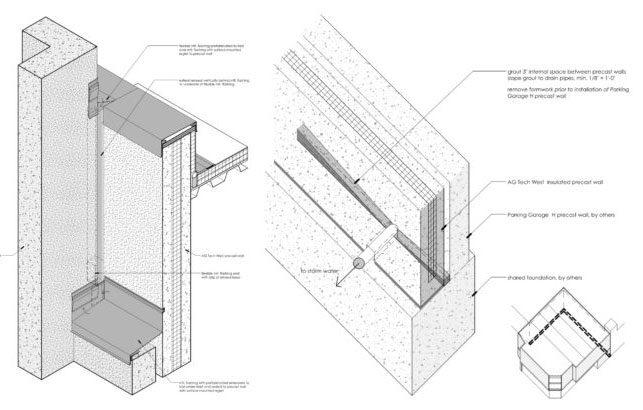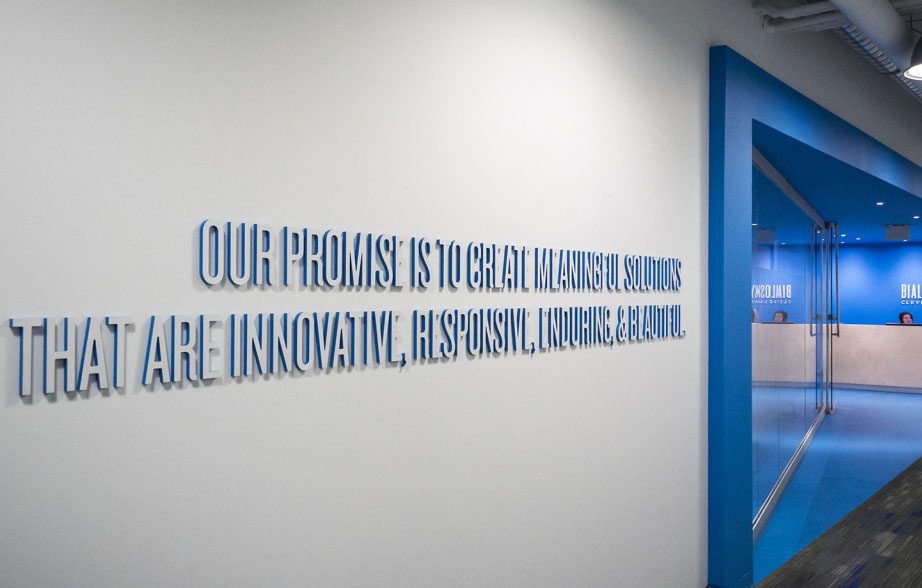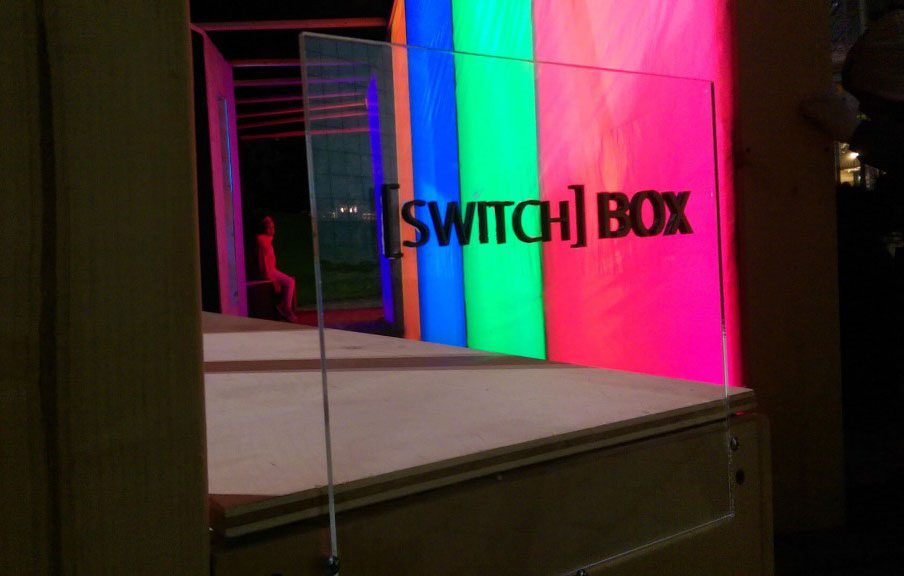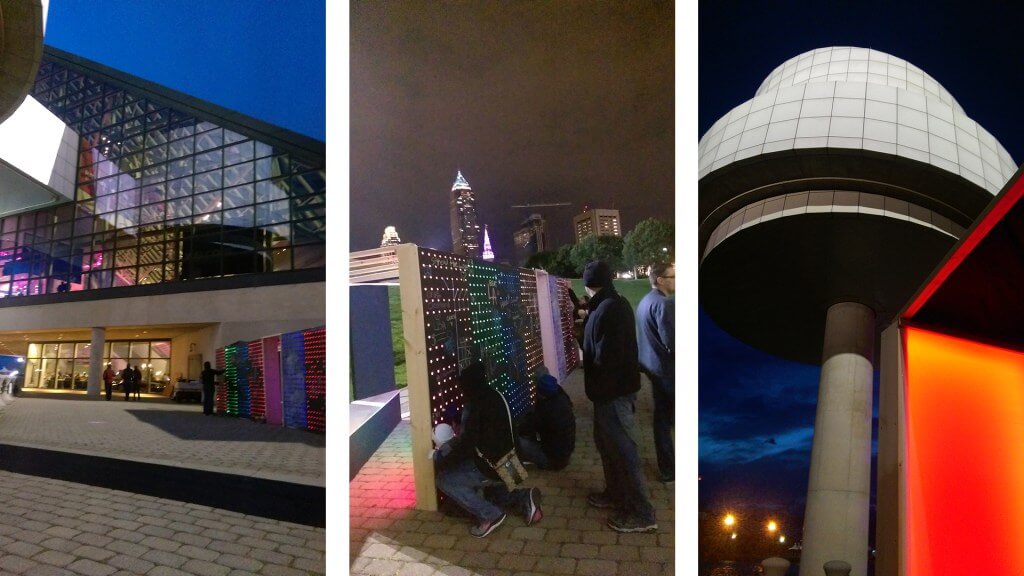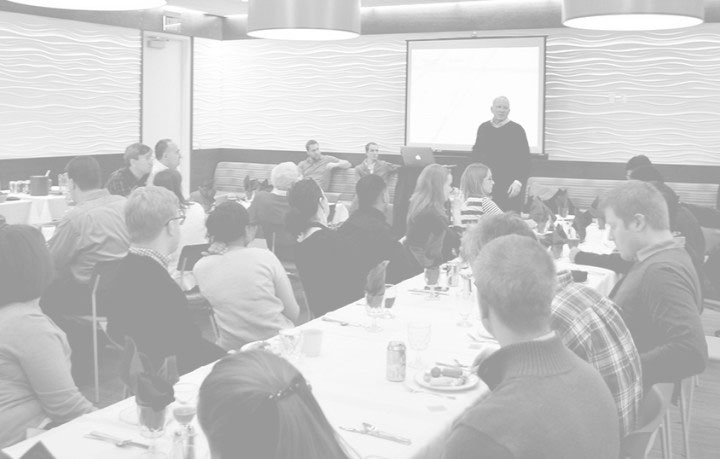The production and execution of the built environment are not separate endeavors, but are byproducts of a truly collaborative relationship between the architect and builder through a common language. Coordination sketches are the vehicles of collaboration, with the power to reaffirm design intent through constructability, stitching the design and construction processes together. Often, these sketches are restricted to the two-dimensional realm of construction drawing overlays, but as technology evolves so can our visual language and ability to communicate three dimensionally. These details respond directly to the growing complexity of building systems in unique conditions where revisions to two-dimensional details will propagate confusion across multiple trades and project teams.
In 2015, Bialosky Cleveland and Walsh Construction Group endeavored to improve coordination through shared Building Information Modelling (BIM) and three-dimensional coordination sketches, when required, at the American Greetings Tech West Building in Westlake, Ohio. As an extension of the American Greetings Creative Studios and Headquarters, the project is located immediately to the South of Crocker Park. Inherent to the large amount of concurrent growth at Crocker Park, the project required intense collaboration between multiple project teams with the same completion date of Summer 2016.
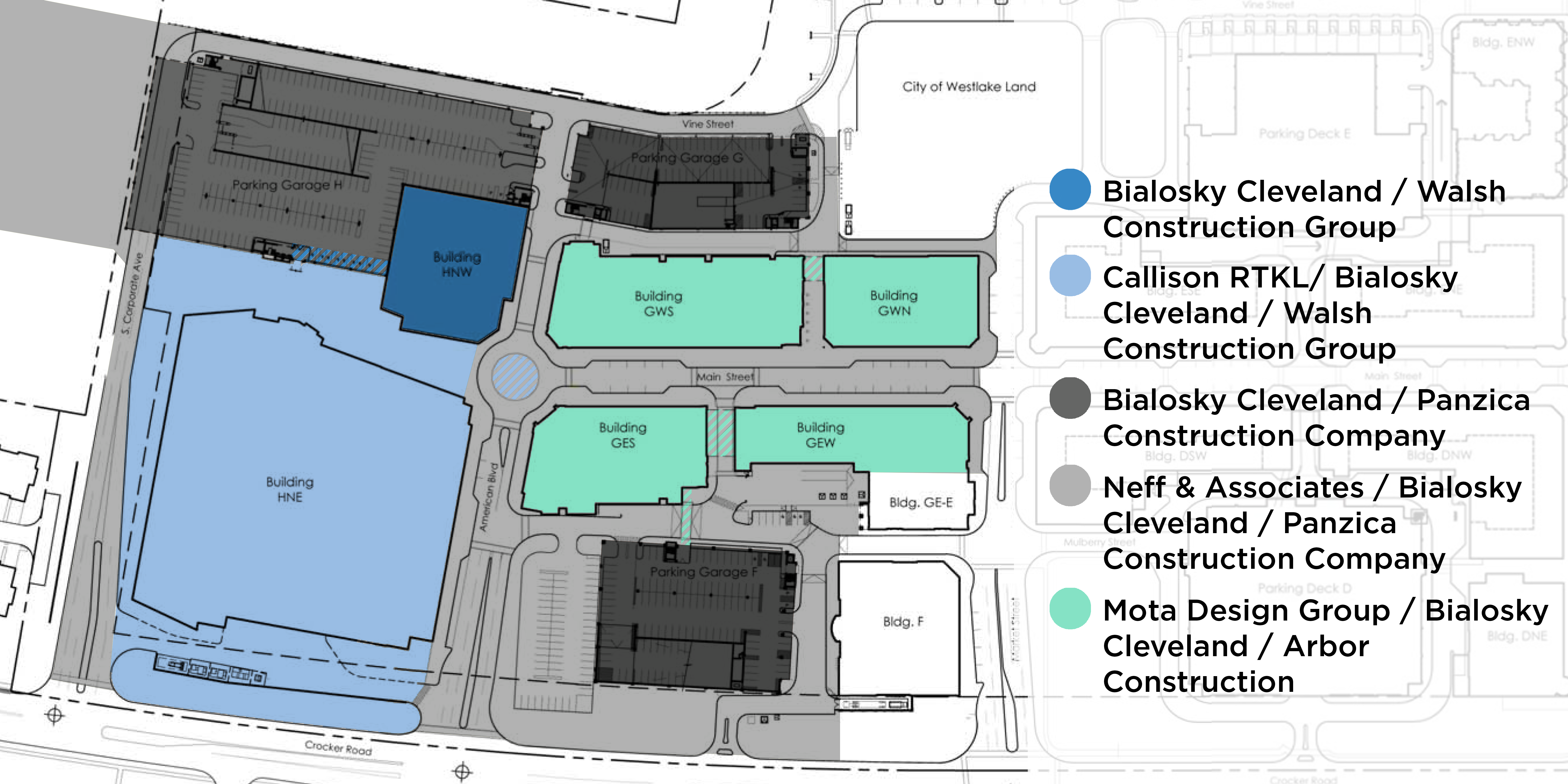
In all of these projects, Bialosky Cleveland is the common thread with varying roles, empowering a collaborative attitude on-site. By nature of the project location, adjacency and programming there were a number of items that required a greater level of collaboration which illustrate how project complexities were resolved through three-dimensional coordination sketches.
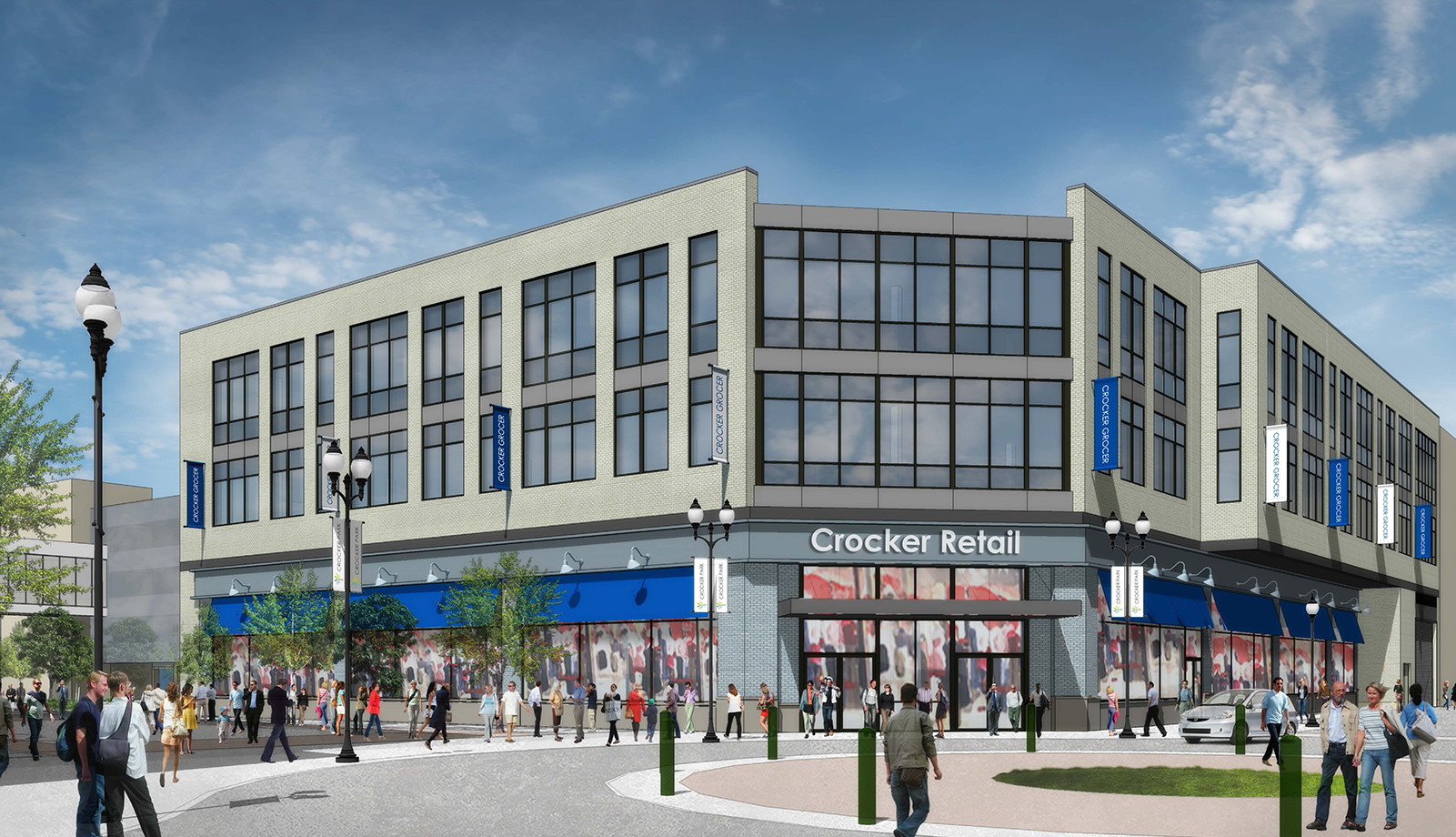
The project’s primary design gesture includes opening up the corner with glazing, highlighting the planar expression of the brick façade, which is continued through the parapet. To execute the design intent properly, a series of sequencing diagrams were generated and included in the construction documents illustrating how the insulated metal panel wall is to be flashed into the brick wall assembly. These diagrams acted as a tool to guide work in the field without being unnecessarily prescriptive.
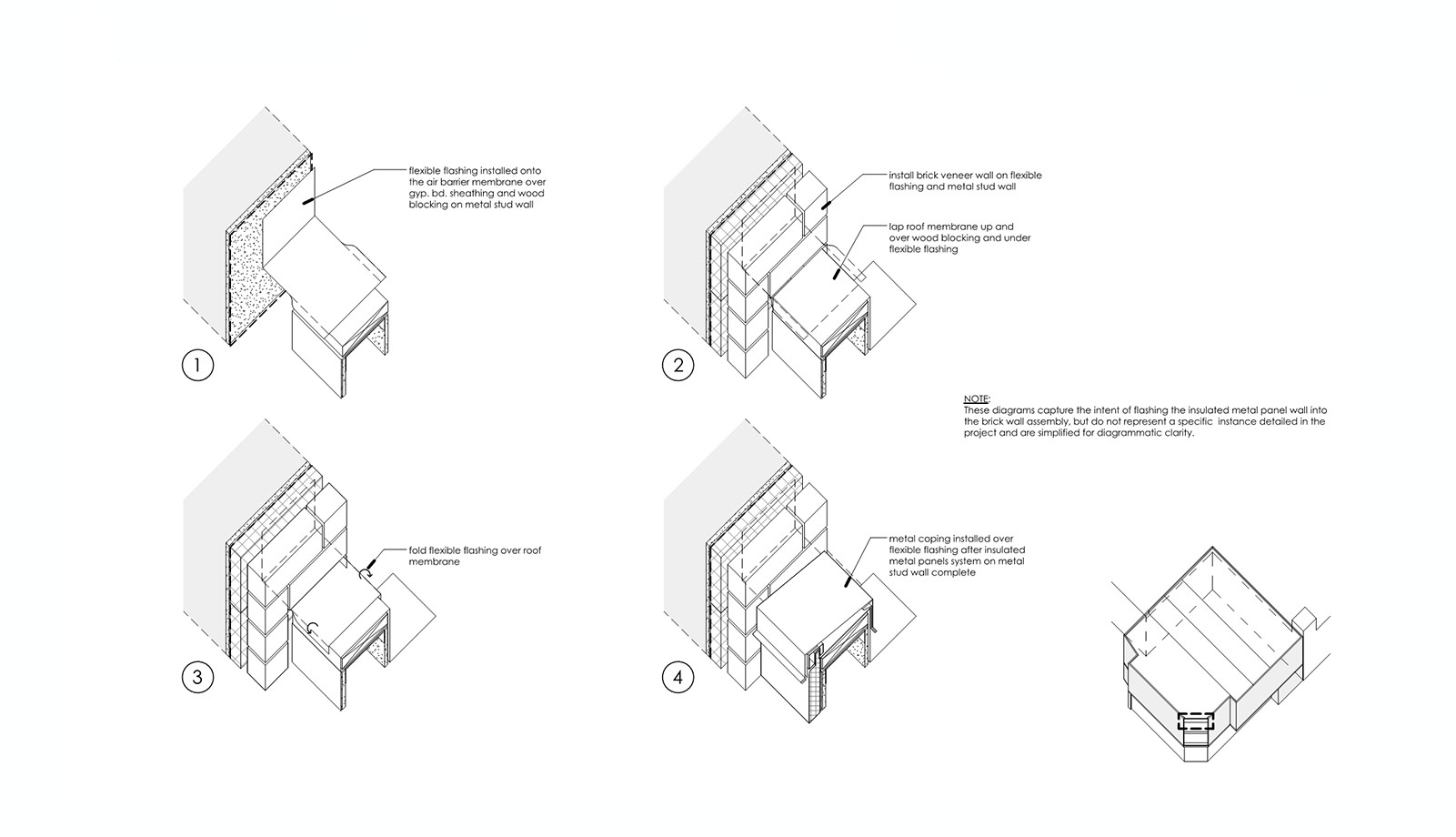
A challenge ever present in the design and detailing of Tech West was its siting with two facades bound by a 5 floor parking garage, requiring (2) two-hour fire walls separated by an air space. Both walls bear on a shared foundation with building expansion joints by two separate project teams, leading to a series of critical coordination details that responded to changing project schedules and construction sequencing.
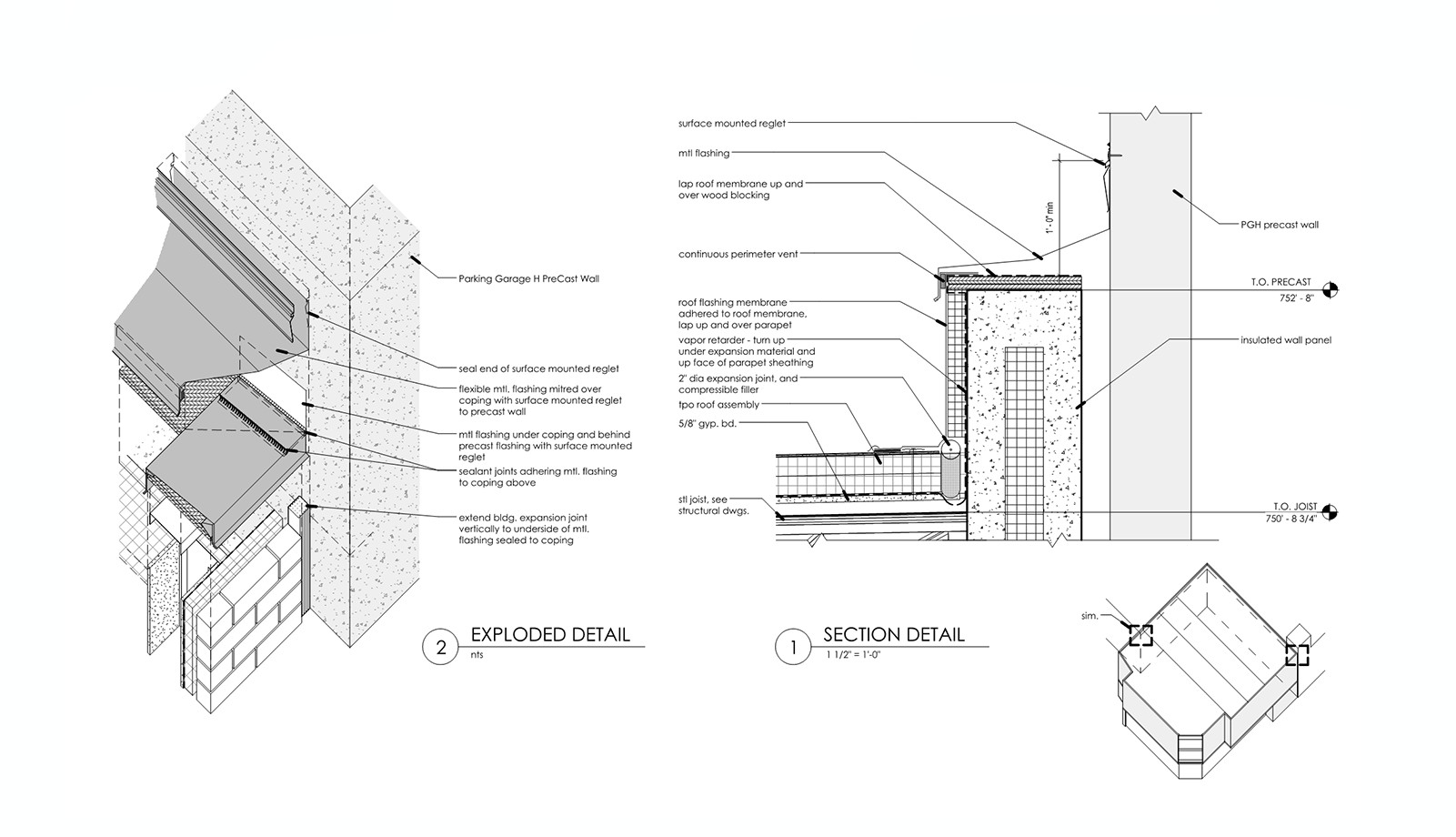
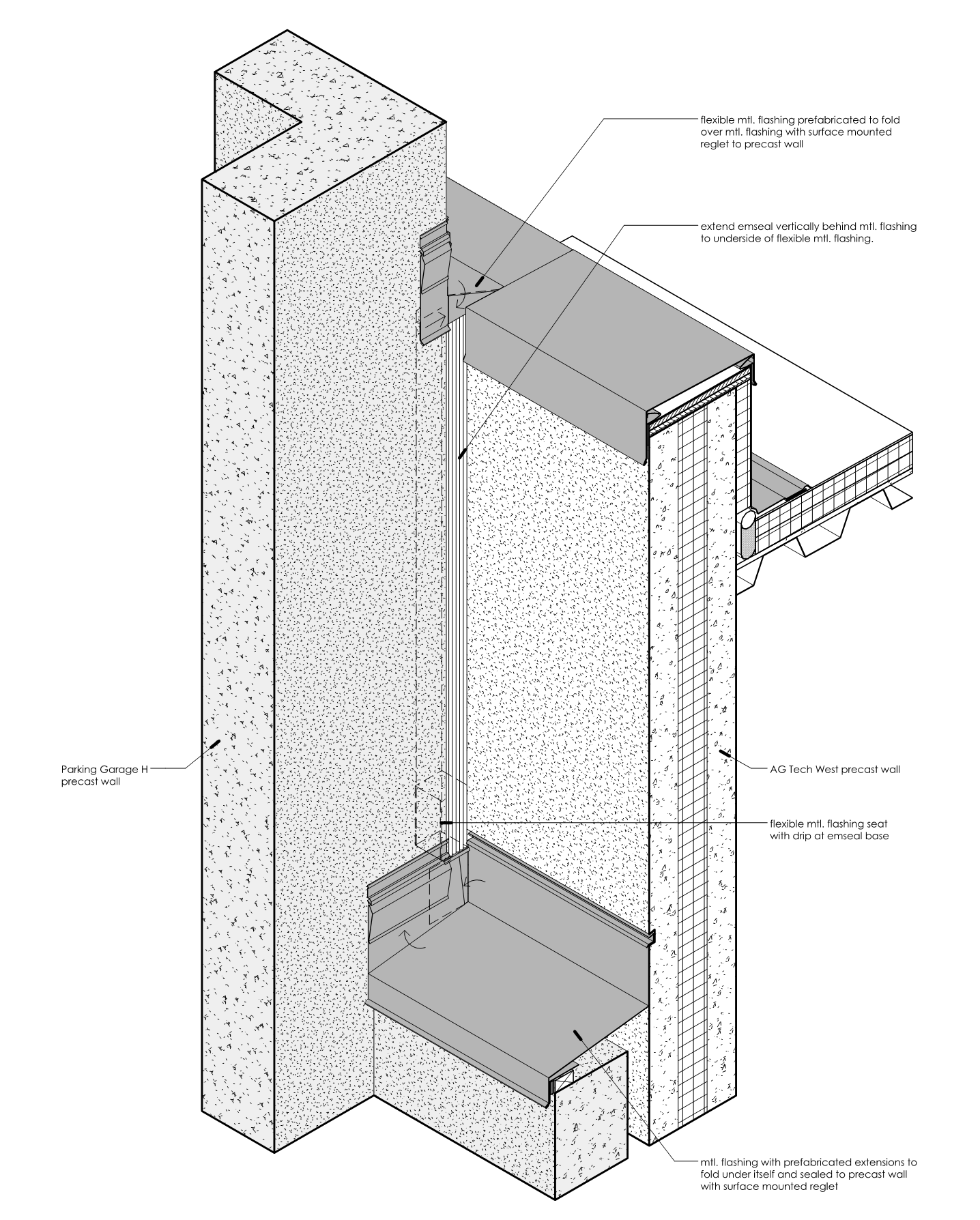
The stair and elevator core of the parking garage provided an added challenge as it rises above the Tech West parapet before falling to a guardrail height precast parapet. The use of three-dimensional detailing helped expedite discussions of scope ownership and responsibility in the field, evolving as agreements were made by all parties to clarify the path ahead.
Concurrent to the resolving of the building expansion joint details was the drainage at the base of the building separation airspace, which was required to be connected to the Tech West storm water. Here, timing was critical as grouting and caulking had to be coordinated by both projects to ensure constructability while maintaining the integrity of the drain path.
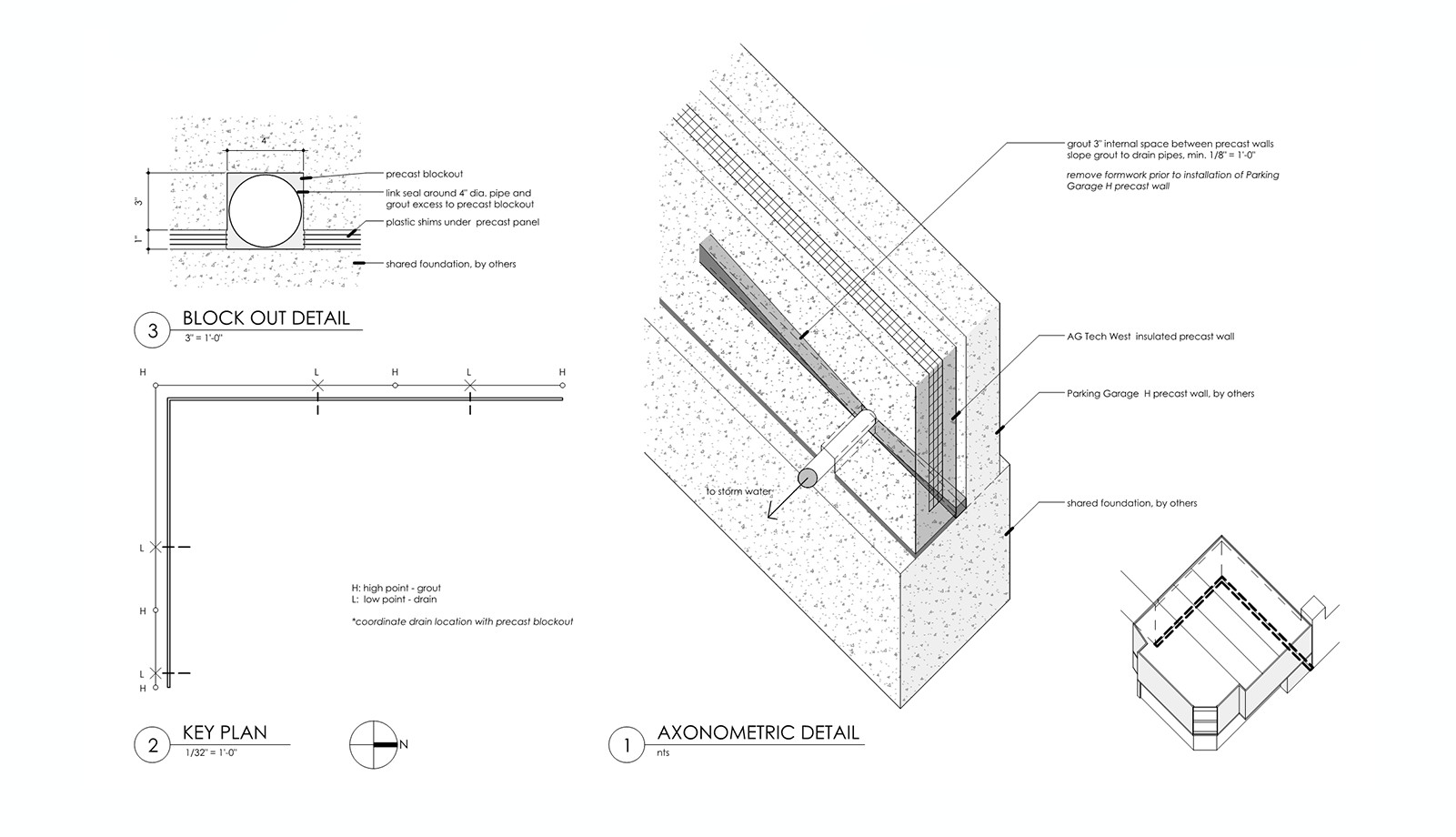
Issues related to site/context presented a different set of challenges as Tech West has no true site scope of its own, but is bound by Crocker Park Phase Three to the North and the American Greetings Creative Studios and Headquarters Plaza to the East and South. As Tech West came into being after the Plaza was designed, revisions and site coordination had to be finalized per grading and egress requirements to set the through wall flashing elevation prior to construction of the brick veneer façade. The three-dimensional sketch concisely reconciled information from 3 projects, turning a potentially lengthy coordination effort into a brief conference call without holding up construction progress.
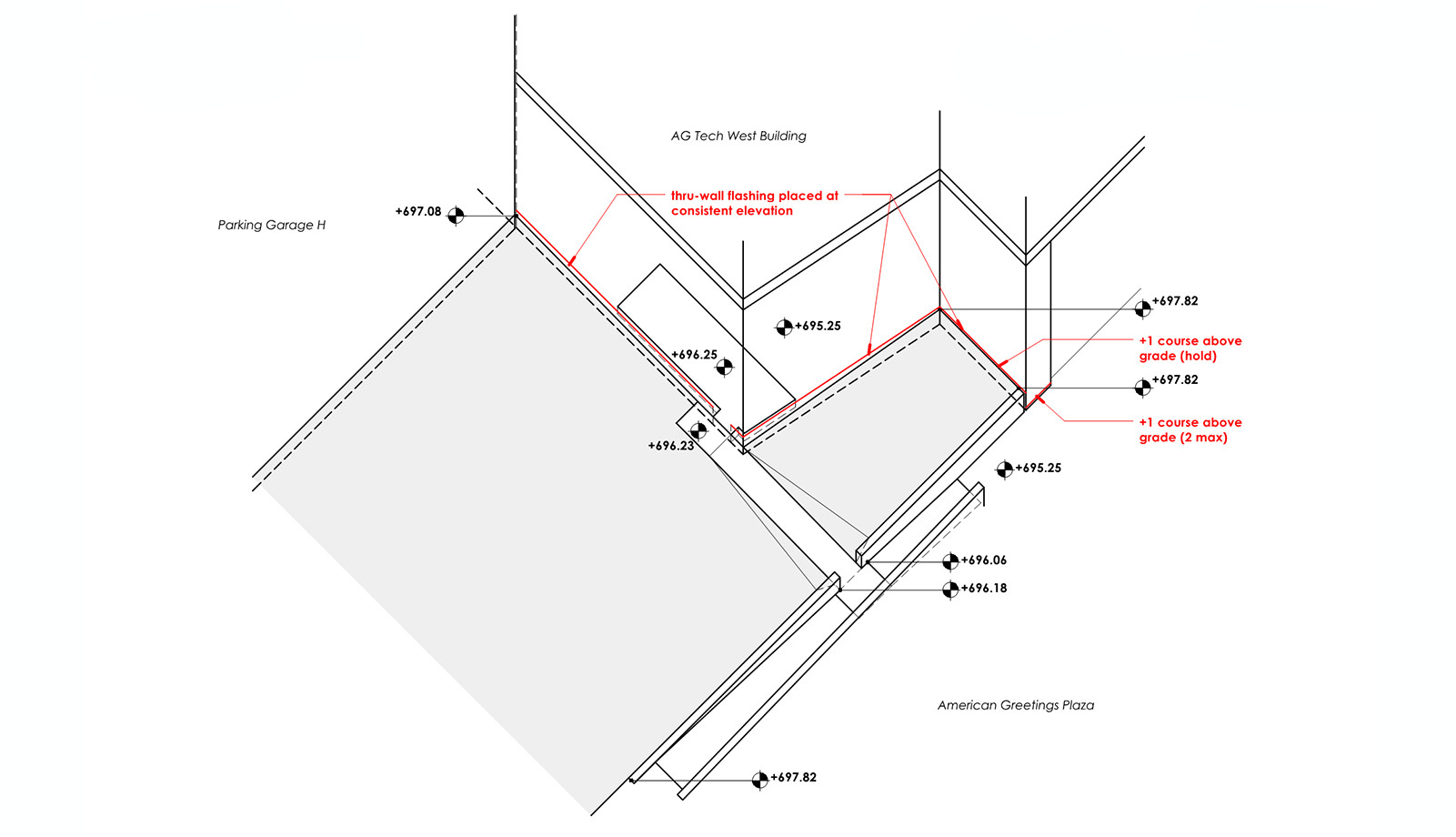
These coordination snapshots only offer a glimpse into a lengthy and complex process, but highlight the critical need for a collaborative approach to the construction administration effort. In all of this, American Greetings and Mark G. Anderson Consultants, played a critical role in expediting the approval process, making comprehensive sketches evermore important in closing the feedback loop. For any language to be universal it has to be legible, and three-dimensional construction details, when required, ensure the designer and contractor are on the same page. The American Greetings Tech West Building is an example of how collaboration can improve in the field throughout the building process as projects and adjacencies grow in complexity to ensure design intent is not lost.
